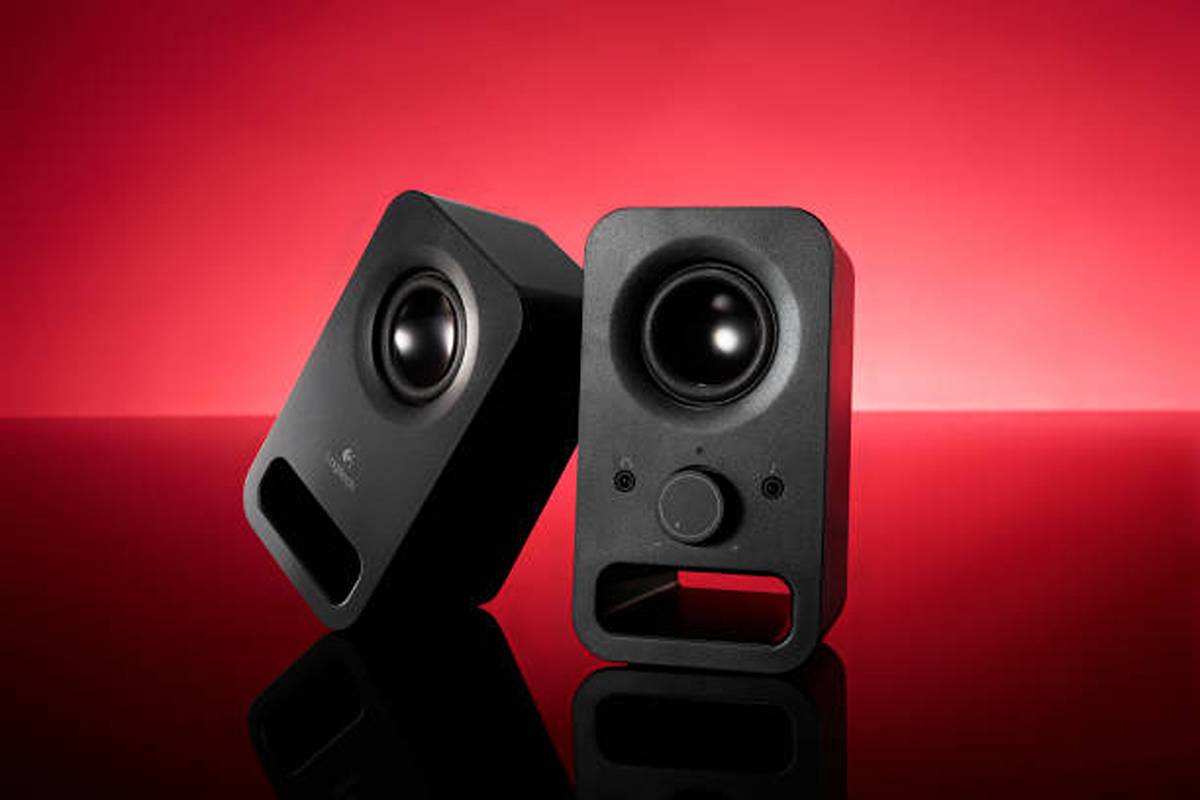Extended warranty or D-I-Y Plan
First, you should do so when the speakers are still coated with a warranty. If it is the case, get away from all your do-it-yourself repair ideas and simply call the manufacturer to find out about the problem. If you try and repair it yourself, the comprehensive extended warranty cover would be null and void.
Regularly, the problem would be innocuous. Sometimes the speakers are not plugged-in into the correct socket, or perhaps the power cord is not connected appropriately. Determine that everything is usually correctly connected. Try modifying the power socket, which may also be one of the reasons. If the audio system is USB powered, consider plugging it in a distinct USB port, as from time to time, the USB port will not function correctly. See if the actual USB cable is not reduced or damaged.
After examining everything, try the sound examination once more. If you find that the issue persists, reconnect the 1/8 inch TRS cable connecting the computer and the loudspeaker with each other into the audio jack port of the computer. The sound output jack is eco-friendly in colour.
Hardware Issues
It is a distinct possibility that this actual problem exists within the hardware. Whether the concern is the lack of software or computer hardware needed to run an add-on sound card or possibly a serviceable onboard sound credit, you may have to get a new plugin sound card or a more affordable one instead of messing with typically the motherboard. The BIOS might also be an area of concern as it’s likely that high that if you have been in right now there, you may have disabled a place needed to run the onboard sound card effectively.
Self-applied powered USB speakers can cause hardware concerns. An essential thing to do is unplug the idea and try plugging the idea into another USB dock. Change the set of mains-related speakers to check if the problem is persistent in the speakers or the interconnection. If non-e of the computer hardware-based issues present the condition, you may suffer from a software issue.
Check for Software Problems
Just follow these steps to see if your volume system is operating correctly.
Reach the Desktop computer and click on Start
Choose Control Panel
Click on the Sounds as well as Audio Devices option
Lastly, check the Volume tab.
When the area is greyed away, you may not have any playback device on your computer OR a damaged hard drive that will have to be converted to fix the speakers.
However, if the area is energetic, confirm that the Mute switch is not checked and the Gadget Volume is as high as you need.
Once this is done, you will have some work to perform in the Sounds tab.
Click the tab titled ‘Sounds.’
Click ‘Sound Scheme’ and eliminate the possibility that ‘No Sound’ may be the scheme selected.
Pick ‘Windows Default’ as the sound design you want and test your controls. To do this, you can simply click on any sound options available inside the ‘Program Events’ section and see that denoted by a well-known speaker. Left-press it and simply play to check on the sound. If this doesn’t work, you possibly have some other software problem.
Inside the Audio tab, you will have to pick out the ‘Sound Playback’ option to be sure that the default playback system is set as your sound playing card and not any other device which can be listed in case of many playback devices may be fastened to your system.
If this doesn’t work often, you must inspect your appearing drivers.
Go to Start in addition to zero in on the My very own Computer Icon
Right click often the My Computer icon, in addition to going to Properties
Click on the Components Tab to reach the Device Supervisor Button you need to click.
Navigate to the Sounds, Video and Online game controller sections.
Find your current sound card. It will. It’s likely to have been saved as anything with the word ‘Audio’ within it. The presence of the symbol ‘will indicate a driving error! ‘ nearby the icon for the sound credit card.
Double-click to view the requirements card in another window. Click the Drivers tab to get there if you have selected the ideal device.
Click the Driver Change button and let the Wizard head you step by step. This is performed to have the latest drivers installed in your system.
Suppose your driver is a significantly updated version. In that case, you will have to uninstall the item and restart your PC, which could ensure that an automatic reinstallation on your driver takes place upon reactivation. The PC manufacturer can help you with the latest acoustic drivers available on the Internet.
Last Resorts
You can also troubleshoot the device. The Microsoft windows Troubleshooter icon is present for the Drivers Tab. Once you pick it, it will guide you through the process.
The last thing you can do is look at the sound card. Remove all cables attached to the PC except the power wire. Feel the metal box inside the CPU connected to the power wire. You can unplug the power wire now, as any static electrical energy that might have been created could have dissipated with your touch. Matching to the audio jack will probably be your sound card inside. You will then have to eliminate it and reattach it merely. After placing the sound card inside the designated slot, often connect the cables again to your computer’s system.
Read also: “How to Fix Your Credit” Sites Are a Waste of Your Time as well as Money

